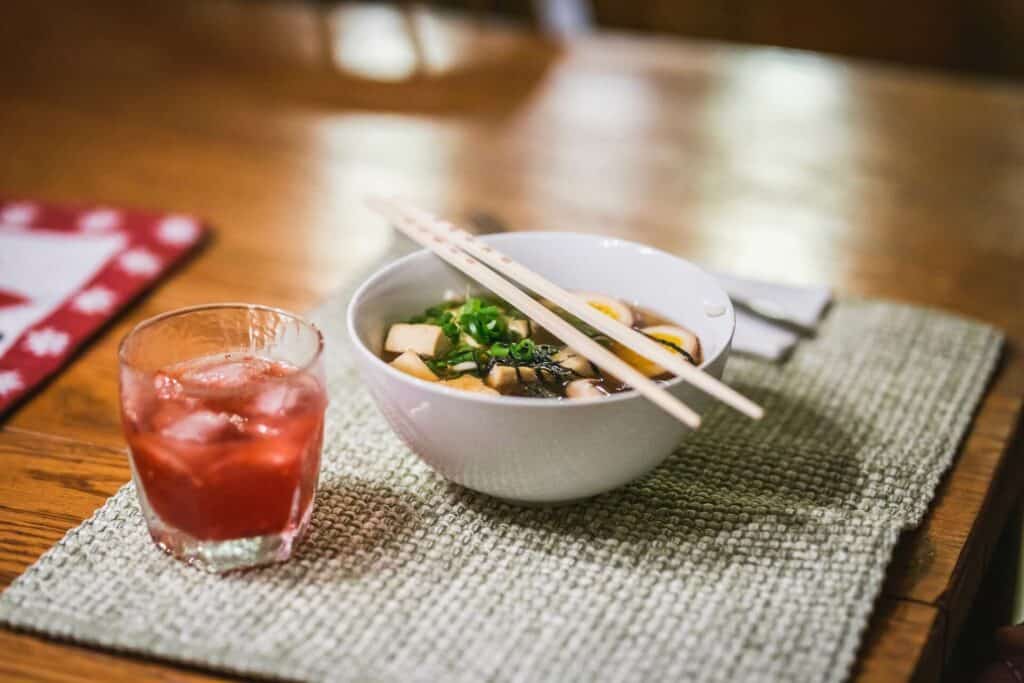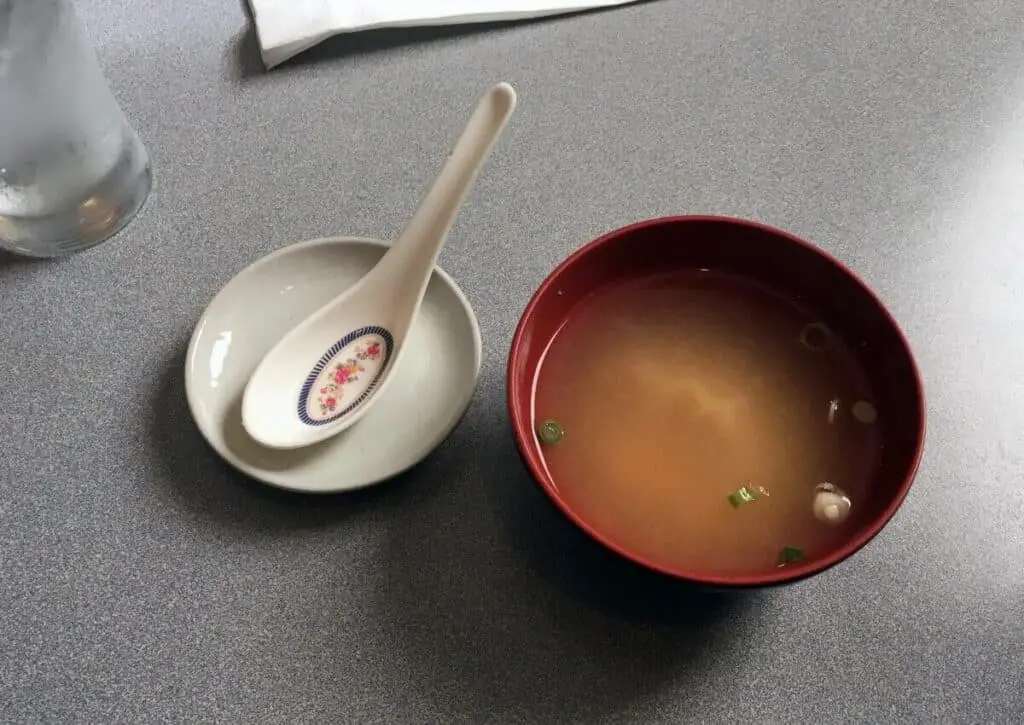What is miso in miso soup? Upon being introduced to Japanese cooking, many people are clueless about the miso paste, which is the base of flavoring in the majority of dishes. It’s important to know more about the main ingredient of miso soups in order to incorporate it into your diet in the best way.
Miso is a paste similar to peanut butter. It is made of soybeans fermented with koji and salt. The koji is a mold that can be cultivated from soybean, rice, and barley and can be later used to make sake, fermented dishes, and soy sauce. Miso paste is used in salads, dressings, soups, marinades, and pickles.


Anyone who has ever ordered takeout or gone to one of the Asian exquisite restaurants has had an opportunity to have miso soup as an appetizer. However, no one seems to know a lot about the secret ingredient that makes the soup rich in flavor and delicious. The perfect balance of earthy, sweet, and salty taste makes miso paste an ideal addition to many dishes. Let’s dive into the paste and how to use it properly when cooking.
What Is Miso in Miso Soup?
Miso soup cannot be made without a traditional Japanese seasoning – miso paste. Made by fermenting soybeans with koji and salt, the paste can be categorized into white, red, and yellow. The amount of time that is spent fermenting soybeans affects what type of paste will be produced. White paste requires less time to ferment, whereas red has to be fermented for longer. The type that is used in the soup will define how it tastes.
The traditional Japanese miso soup is made by combining dashi and miso paste. Dashi is made with anchovy, kelp, and dried bonito flakes. Tofu, seaweed, and vegetables are added to the soups, too. The ingredients are commonly used to mirror the seasons and provide a variety of different textures, colors, and flavors.

Can Miso Soup Be Made Without the Miso Paste?
The unique ingredient is an integral part of the dish. When looking for a substitute for the paste, it is difficult to achieve the intensity of the flavor without it. Even though dishes like miso ramen, soup, and salmon will lack texture and flavor without the paste, there are specific substitutes that can be used.
Soy sauce can be used as a stand-in, but it’s important to emphasize that it can’t provide the dish with a creamy texture like the paste. Half a tablespoon of soy sauce will be just enough to replicate the savory flavor.
Fish sauce is commonly used in Southeast Asian cuisine and is made from fermented fish. It’s salty and tangy like a paste, but its flavor is stronger, and it is not creamy. Adding half a teaspoon of fish sauce will be just enough.
How Different Are White, Red, and Yellow Miso?
When preparing soups, it’s vital to determine which type of paste you want to use since it will significantly impact the taste of the dish. When having to choose between red, yellow and white, you should know how different the types are and which taste will be the best for the dish. Here is a chart of important information on yellow paste:
| Color | Yellow, sometimes light brown |
| Japanese name | Shinshu miso |
| Flavor | Not too salty, a bit sweet, and more acidic |
| How it’s made | It has to be fermented for a year but takes less time to make than white paste |
| How to use it | It’s great for all dishes – it’s best in glazes and soups |
When searching for the paste that has an overwhelmingly rich taste that adds another layer of flavor to any dish – choose red miso. Here is a chart of the defining characteristics of this paste:
| Color | Dark red |
| Japanese name | Aka miso |
| Flavor | A bit pungent and bitter, very salty |
| How it’s made | It has to be fermented for three years with a very high amount of soybeans |
| How to use it | When used sparingly, it’s the best in braises and marinades |
Chefs who want to add a bit of sweetness and saltiness to their dishes but avoid overpowering other flavors with this ingredient should opt for white miso. It is the most widely used and produced ingredient. Here are the basic characteristics of white paste:
| Color | Beige |
| Japanese name | Shiro miso |
| Flavor | It has a sweet, very light taste, and it is a bit salty |
| How it’s made | It is produced by fermenting soybeans for a couple of weeks. The smallest amount of soybeans is used. |
| How to use it | Soups, sauces, salad dressings, and dips |
Best Recipes to Use the Paste
Some dishes are not the same without this crucial ingredient. Even though the soup is the first association when mentioning the paste, other dishes also require miso’s intensity of flavor. So, for those who are keeping the paste stored in their fridge for some time, here are the best recipes to use it in
- Pan sauce,
- Marinades,
- Panko crust,
- Udon soups,
- Ramen soups,
- Salad dressings,
- Vegetarian stews and soups.
Choose a Variety of Miso and Make Prepare Delicious Dishes
The more you know about a particular ingredient, the better you’ll be at combining it with other ingredients to create mouth-watering dishes. There is a type of paste that can cater to anyone’s taste. Therefore, upon choosing between red, yellow and white, discover how to make delicious soups as well as incorporate the ingredient in other food.